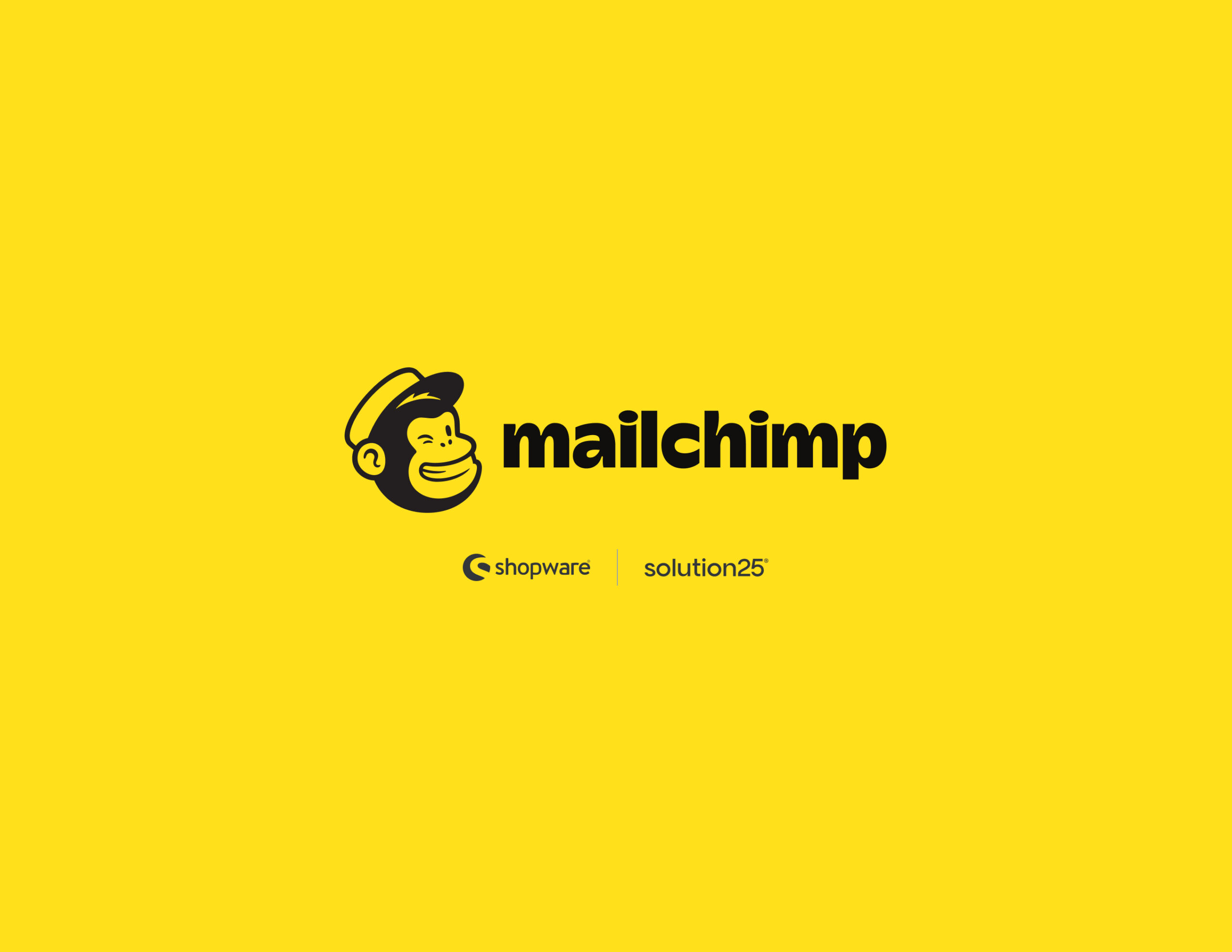Shopware Platinum Partner
Extension Premium Partner
200+ Projects
75+ Experts
Shopware Platinum Partner
Extension Premium Partner
200+ Projects
75+ Experts

Email marketing still stands out as one of the smartest ways for online businesses to stay in touch with their audience, encourage repeat purchases, and foster real loyalty. In this walkthrough, I’ll guide store owners, developers, and agencies step by step through plugging Mailchimp into your Shopware 6 store (or any similar platform). You’ll discover how to:
By the time you’ve worked through these instructions complete with clear screenshots you’ll have a full Mailchimp integration ready to fire off profitable, automated email series without another thought from you.
At its heart, Mailchimp has grown from a simple newsletter tool (circa 2001) into a complete marketing hub that lets you reach people through email, ads, landing pages, and more. Here’s what it brings to the table:
When your emails hit inboxes with just the right offer at the right moment, magic happens. Take an abandoned-cart sequence: a gentle reminder about the goodies left behind can reel back 10–15 % of otherwise lost sales and if you slip in a small, time-limited discount code, shoppers are even more likely to complete that purchase.
Keeping people around takes more than a one-off email. Win-back campaigns think “Hey, we’ve missed you!” paired with a handpicked product suggestion can reignite interest and bring 5–10 % of dormant customers back into the fold over the next month.
Imagine knowing exactly which email drove a sale, or which product category your subscribers can’t resist. Mailchimp’s revenue reports link every campaign and automation to real-world purchases, answering questions like:
With that intel in hand, you can tweak campaigns on the fly and invest your marketing budget where it really pays off.
Whether you’re sending a few hundred messages or a few million, Mailchimp grows with you. Your account tier automatically adjusts as your list expands no manual migrations needed and their infrastructure lets you blast out time-sensitive promotions without a hitch, even during peak shopping seasons.
memory_limit and 120 s max_execution_time for that initial data push.composer require mailchimp/shopware
To get started, head over to your Shopware administration and click Settings → Mailchimp Integration. There, you’ll find a field where you can paste your Mailchimp API key—grab it from your Mailchimp dashboard under Account → Extras → API Keys. Once you’ve entered it, hit Connect. If everything’s correct, you’ll see a green confirmation banner letting you know the link was successful.
Next, decide which Mailchimp audience should collect your new subscribers. Just open the Audience dropdown and pick the list you want. If you’d like to keep specific Shopware customer groups aligned with Mailchimp tags say “Wholesale” or “VIP” you can map those here too. Finally, toggle between Sandbox and Live modes depending on your needs: use Sandbox for testing without sending real emails, then switch to Live whenever you’re ready to roll out to real subscribers.
memory_limit to 256 MB+ and max_execution_time to 120 s or higher.In the plugin settings, turn Sandbox/Test off so you can send real emails, confirm you’ve selected the correct production audience, then do a final test signup and campaign send with a real email address. Once verified, promote your newsletter signup on your site via banners or pop-ups to kick off real subscriber growth.
What if the Mailchimp connection fails?
Regenerate your API key and paste it into Shopware again. Also, double-check that your server’s clock is accurate SSL handshakes can fail if timestamps are off.
How are Mailchimp fees calculated?
Charges are based on your total contact count and monthly email send volume. You can review your plan limits anytime under Billing in Mailchimp.
Can I style the embedded form?
Absolutely override the form’s default CSS classes in your Shopware theme’s stylesheet to match your brand’s look and feel.
How do I handle refunds in automations?
While Mailchimp doesn’t process refunds itself, you can use webhooks to trigger an apology or re-purchase incentive email when a refund event hits your Shopware back-end.